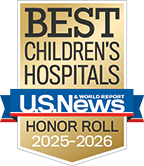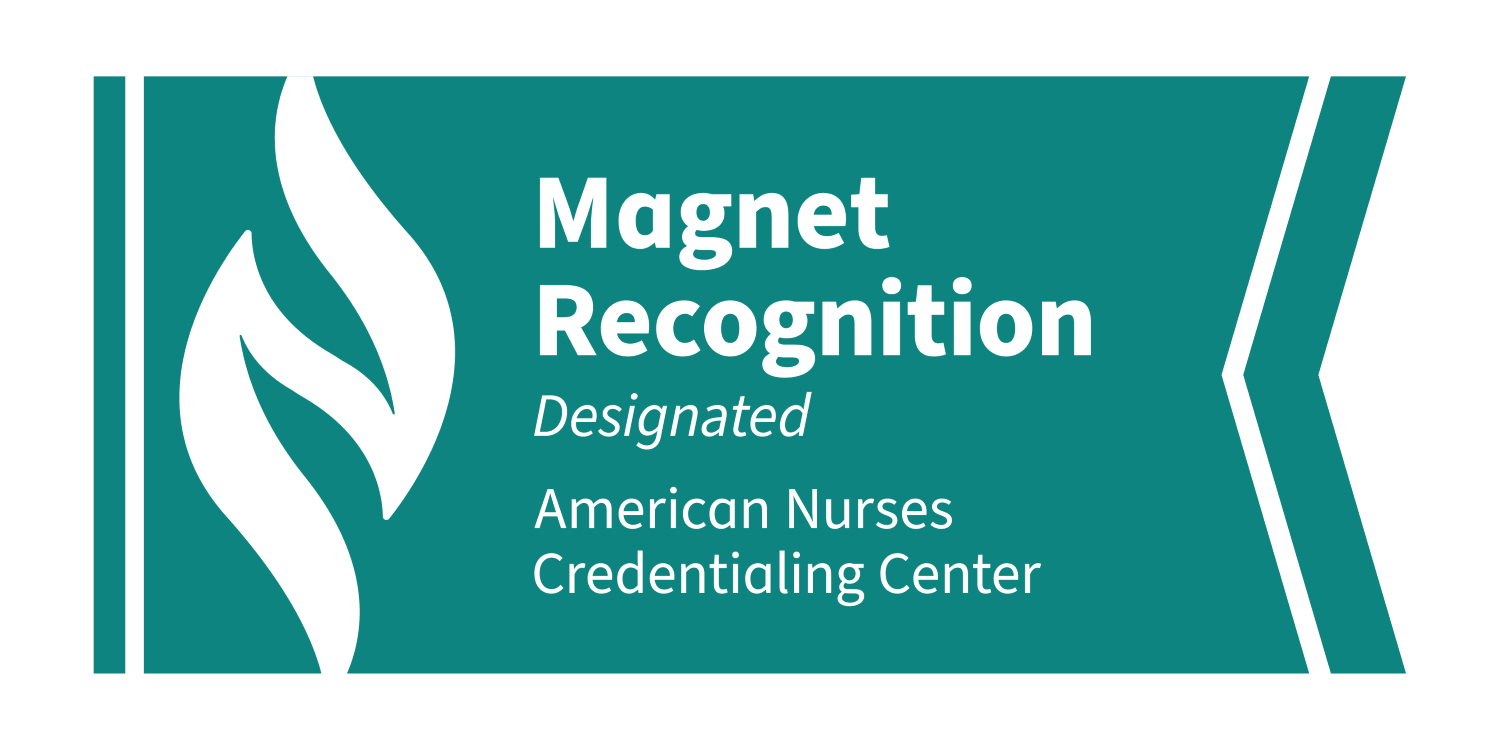Children's National Ebola Response Task Force Publishes Report on Preparedness and Response Plan
When the 2014 Ebola virus outbreak erupted internationally with a threat to spread to the U.S, Children’s National Health System faced the crisis by creating an innovative multidisciplinary Ebola Response Task Force that developed, implemented, and refined plans ranging from education, screening, transporting, monitoring, isolating and caring for patients, to logistics, communications, and advocacy.
“Effective hospital planning involves every department of the institution,” says Roberta L. DeBiasi, MD, MS, Division Chief of Infectious Diseases at Children’s National, along with Xiaoyan Song, PhD, MSc, MBBS, Director of Infection Control/Epidemiology, who co-led the team during the crisis.
DeBiasi and Song wrote about specific components of the Children’s plan in their report, “Preparedness, Evaluation and Care of Pediatric Patients Under Investigation for Ebola Virus Disease: Experience from a Pediatric Designated Care Facility” that could serve as a model for other hospitals to develop their own pediatric-focused response. The report was published in the Journal of the Pediatric Infectious Diseases Society.
Children’s National developed a comprehensive institutional Ebola Response Plan to care for pediatric persons under investigation (PUI), and/or Ebola virus disease (EVD). In recognition of its preparedness, Children’s National was designated a Tier 1 Ebola Treatment facility in December 2014.
The most recent and largest Ebola outbreak to-date demonstrated that exportation of EVD can occur outside of West Africa, and it led to the realization that U.S. hospitals must be highly prepared to screen and safely perform initial evaluations of patients with suspected Ebola virus disease.
Since August, 2014, Children’s National has safely cared for six pediatric Ebola PUI patients in collaboration with local and federal authorities, four of whom required inpatient hospitalization under full isolation precautions. None were ultimately confirmed to be infected with Ebola.
“Care of the pediatric PUI presents additional challenges that must be considered proactively in the development of institutional Ebola Response Plans,” Drs. DeBiasi and Song wrote in the journal. “We as pediatric care providers have cared for patients with serious communicable diseases for many years, including polio, tuberculosis, pertussis, measles, HIV, hepatitis, and influenza. Ebola virus is no exception.”
For their work developing and implementing the Children’s National comprehensive institutional Ebola Response Plan, their role in leading collaborative efforts with other institutions within the city, and their leadership nationally, Drs. DeBiasi and Song recently received the District of Columbia Hospital Association Distinguished Service Award.
“We have the knowledge and capacity to care safely for pediatric patients with suspected and proven Ebola virus disease,” they added in their study, “using the same application of sound infection control principles that have served us well in the past and will carry us into the future for this and other emerging threats.”
Drs. DeBiasi and Song remarked that Children’s National leadership embraced and supported detailed planning as soon as the potential need to care for Ebola patients became apparent. Their support ranged from development of internal policy, detailed protocols and standard operating procedures, as well as required facility modifications.
A Hospital System Carries Out a Plan
From the outset, weekly meetings and drills were established to expand and refine the institutional plan. Those sessions included the “direct engagement” of the system’s administrative leadership and incident command structure, including the Chief Operating Officer, Chief Nursing Officer, and the Chief Medical Officers.
As a result of the special demands and needs of a pediatric facility, the planning also involved Child Life Services, Family Services, and Public Relations, to develop “appropriate and reassuring messages” for families at the point of screening, initial intake, and isolation. That included parental presence policies, education and messaging for community members and families communicating with their children, and provisions for potential care of neonatal PUI and /or EVD patients.
To address the need for effective and safe transport, modifications were developed to create special ambulances, including a “modular fiberglass retrofit of the interior” that could be assembled within an hour and be rapidly and effectively decontaminated after use. In addition, a Special Isolation Unit was established, with the full capacity to care for critically ill patients in a manner that allowed them to be safely isolated from other patients admitted to the hospital system. To create this Special Isolation Unit (SIU), Children’s modified its existing federally-funded decontamination unit that included a dedicated entry at an ambulance port and dedicated elevators linking the first floor entry into the SIU to a fifth floor inpatient unit, with the capability to care for up to four Ebola patients in full isolation.
In addition, Children’s National in partnership with VitalNet developed a novel telemedicine solution that allowed for continuous audio, visual, and cardiorespiratory monitoring of a patient from within the room, and to promote multidisciplinary evaluation, as well as familial interaction, while minimizing risks of exposure.
At Children’s National, “we were focused on having everyone, patients, families, and care-providers, safe,” Dr. DeBiasi says. “You can’t carry out such a plan unless you have a group of individuals who are highly motivated and educated to do it. Team members must self-select and want to be there, there is no middle ground. We had intensive training and detailed step-by-step checklist processes to assure the oversight that is absolutely necessary in this situation.”
Lessons Learned
In their study, Drs. DeBiasi and Song outlined eight specific lessons learned from developing the Ebola Response Plan. They are:
- Staff education and engagement is as high a priority as development of the institutional plan itself
- Developing a response plan requires not only multidisciplinary engagement, but also the need to develop ongoing refinements after each PUI encounter
- Existing institutional structures can be modified and/or retrofitted to be flexible with regard to space and resource utilization during periods of isolation unit activation, and deactivation
- Procurement and maintenance of the supply of CDC-recommended PPE (Personal Protective Equipment) requires partnership with other institutions and diligent ongoing inventory
- Staff models must include consideration of flexibility regarding PUI activity, such as critical care versus non-critical care physicians and nurses
- Logistics and communication during Special Isolation Unit activation is complex and multidisciplinary
- Institutional response plans must address parental presence and include support for families using the expertise of Family Services Staff
- Institutional administrative leadership and Public Relations play a key role in successful development, dissemination, and execution of the initial Ebola Response Plan
The Aftermath
Now that the Ebola virus crisis has subsided somewhat, Children’s National still actively maintains and drills its team to remain continually prepared for any future threats from Ebola or any highly contagious emerging infectious disease. Its multidisciplinary Ebola Response Committee has now been re-coined the Children’s Hospital Infectious Emergency Response and Preparedness (CHIRP) taskforce, highlighting its mission for preparedness for all potential infectious biothreats.
“We have the same individuals and broad representation across the hospital in place, and if tomorrow the CDC alerts us to a new emerging threat, some new virus or infectious agent, we’re ready,” Dr. DeBiasi says.
Children’s National is grateful for the support and collaboration from the District of Columbia Department of Health, the District of Columbia Hospital Association, the American Hospital Association, and the U.S. Centers for Disease Control and Prevention and US designated Biocontainment units in developing our institutional response.
Contact: Emily Hartman or Caitlyn Camacho at 202-476-4500.







